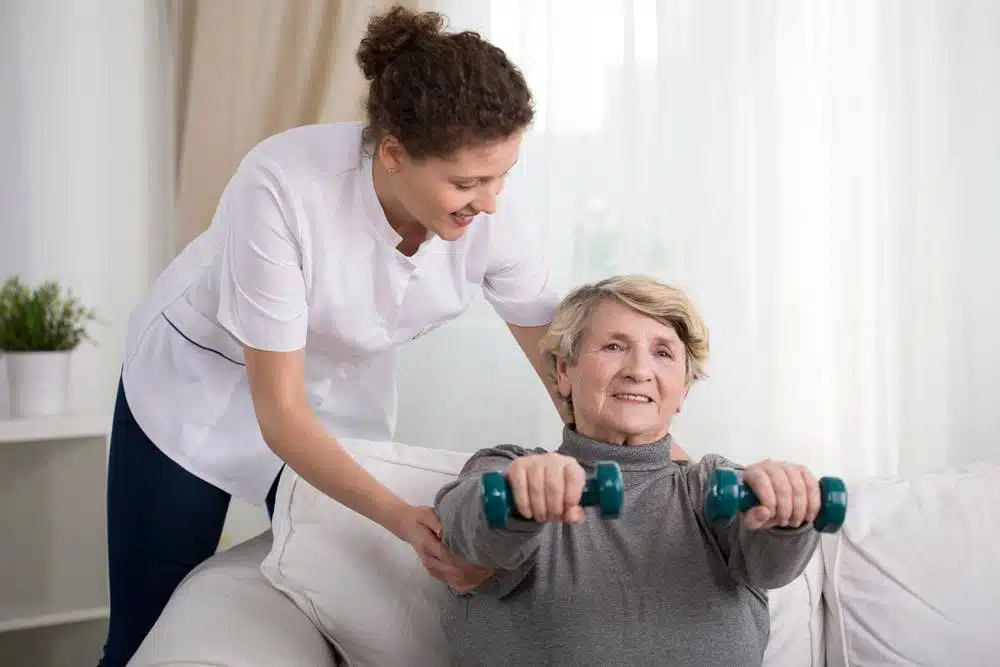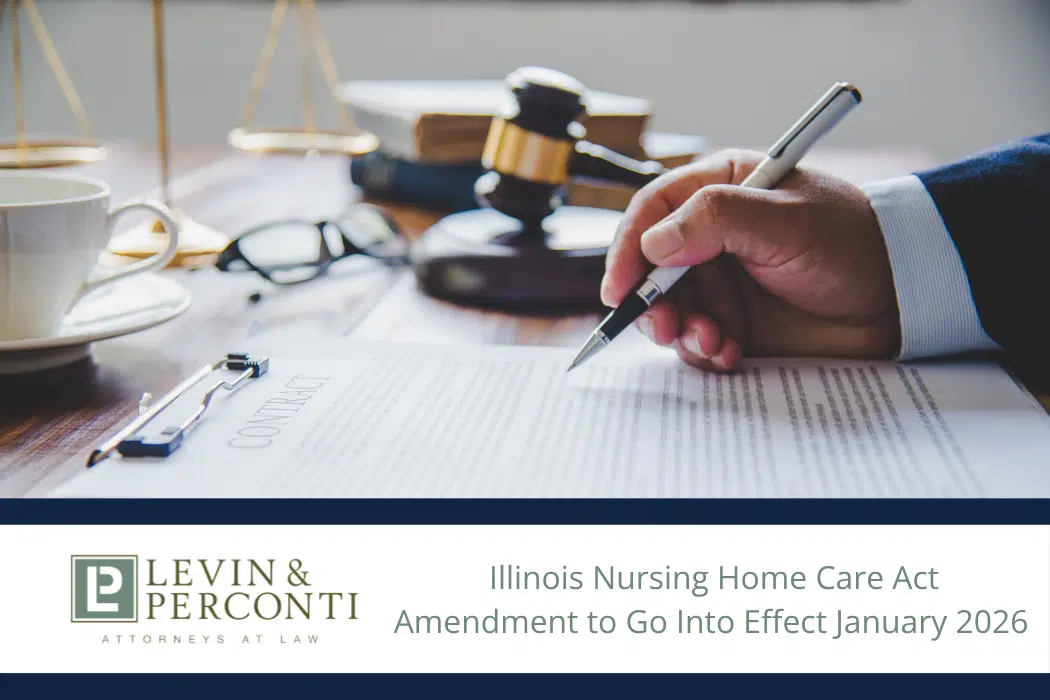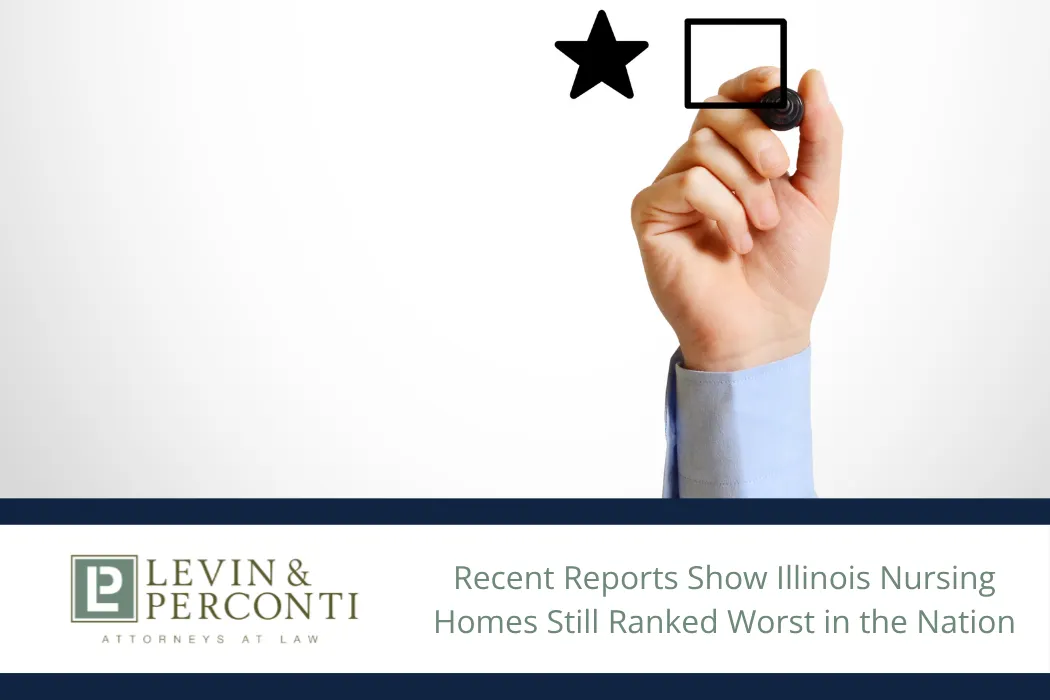
Content Reviewed by:
Steven M Levin
Content Reviewed by: Steven M Levin
Accordion Content
Since 1976, Steve Levin has been dedicated to helping people injured by others’ negligence. He is one of the first attorneys in the U.S. to prosecute nursing homes for abuse and negligence. He’s also helped write new legislation that governs the operation of nursing homes, including the Illinois Nursing Home Care Act. Moreover, Levin & Perconti has obtained the top three jury verdicts in nursing home negligence cases in Illinois.
Nursing Home Residents Require Additional Rehabilitative Care After Suffering from a Stroke
If someone living in a nursing home has a stroke, they should be treated in an inpatient rehabilitation facility rather than remain in the nursing home. The resident may need intensive, multidisciplinary treatment, and initial rehabilitation should take place in a facility equipped with the appropriate care staff. Advanced specialty care is especially needed if negligent nursing home workers missed the early signs of stroke in a resident, causing a delay in treatment. The National Institute of Neurological Disorders explains the types of strokes most common to nursing home patients.
- Cerebral Hemorrhage: Caused by the sudden rupture of an artery in the brain, blood spills out and compresses brain structures. Approximately 20% of strokes are caused by bleeding. Preventable falls may be behind a cerebral hemorrhage.
- Embolic Stroke: A clot develops in a part of the body other than the brain (commonly the heart). It travels through the bloodstream into the brain, where it lodges in a small artery. This stroke occurs suddenly and without warning. Approximately 15% of embolic strokes occur in persons with atrial fibrillation.
- Ischemic Stroke: The most common type of stroke; accounts for approximately 80% of all strokes. It is caused by a clot or other blockage within an artery leading to the brain.
- Lacunar Infarct: Small, deep infarcts located mainly in the basal ganglia and thalamus. It may also affect the brain stem, internal and external capsules, and periventricular white matter. When a stroke occurs due to small vessel disease, a minimal infarction results, sometimes called a lacunar infarction. Most likely caused by atherosclerotic occlusion of perforating branches. Accounts for approximately 25% of all ischemic strokes.
- Thrombotic Stroke: In this case, a clot forms in the brain’s blood vessels, usually one of the cerebral arteries. It remains attached to the artery wall until it grows large enough to occlude blood flow.
- Subarachnoid Hemorrhage: Caused by the sudden rupture of an artery. The rupture location leads to blood filling the space surrounding the brain rather than inside it.
After a stroke, nursing home residents may require ongoing, unique medical support because of paralysis and weakness, a decline in gross and fine motor skills, and speech, music, and language therapies.
Nursing Home Residents Suffering from Stroke Deserve Top Quality Care
If a nursing home or rehabilitation center has failed you or your loved one after suffering from a stroke, we are so very sorry. We want you to know we are ready to help with the support and compensation necessary for their recovery. And if you believe that a loved one who suffered a stroke is not receiving the proper care or that their stroke occurred because of nursing home negligence in Chicago or throughout Illinois, take action and contact Levin & Perconti. Please, call for a FREE and confidential consultation at (312) 332-2872 in Chicago or toll-free at 1-877-374-1417.



